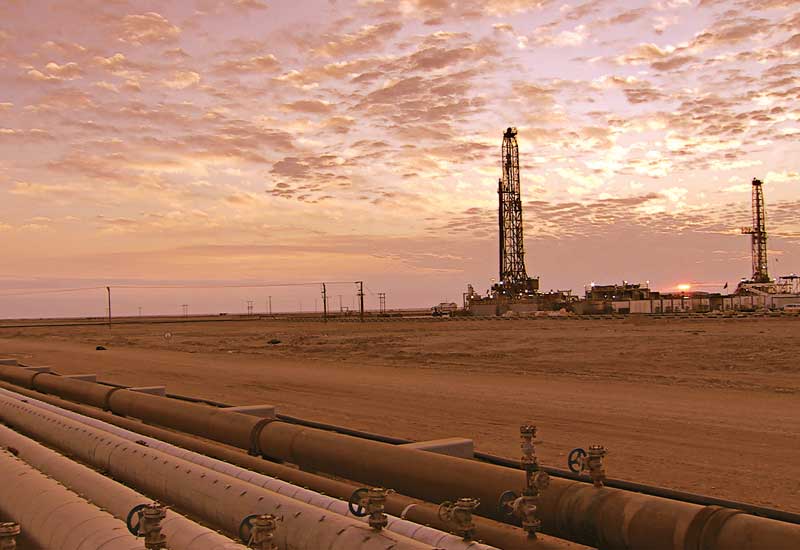Occidental Petroleum Corporation (OXY) announced a net income of US$1.1 billion for the second quarter of 2010, compared with $682 million for the second quarter of 2009.
In announcing the results, Dr. Ray R. Irani, Chairman and CEO, said, “The second quarter 2010 net income of $1.1 billion was a 56% increase over the same period of 2009.”
“The second quarter 2010 production was 743,000 BOE per day, a 3.6% increase from the second quarter of 2009 despite losing 29,000 BOE per day from the effect of production sharing and similar contracts. We continue to generate significant cash flow with the first six months of 2010 results generating cash flow from operating activities of $4.3 billion. Free cash flow after capital spending and dividends was over $2 billion,” he said.
Six-month results
Daily oil and gas sales volumes for the six months in 2010 were 737,000 BOE per day for 2010, compared with 716,000 BOE per day for the 2009 period. Volumes increased in the Middle East/North Africa, resulting from the new production in Bahrain and higher production in the Mukhaizna field in Oman, and domestically in California.
Volumes declined in Latin America, mainly in Colombia. Underlying daily production volumes were 743,000 BOE in the first six months of 2010, compared with 713,000 BOE for 2009, an increase of over four percent. Production was negatively impacted in the Middle East/North Africa, Long Beach and Colombia resulting from higher year-over-year average oil prices affecting our production sharing and similar contracts by 28,000 BOE per day.
Oxy’s realised price for worldwide crude oil was $72.01 per barrel for the six months of 2010, compared with $46.05 per barrel for the six months of 2009. Domestic realised gas prices increased from $3.20 per MCF in the six months of 2009 to $4.90 per MCF in the six months of 2010.
The company’s midstream segment earnings were $107 million for the six months of 2010, compared with $77 million for the same period in 2009. The 2010 results reflect higher margins in the gas processing business and increased earnings in the pipeline and power generation businesses, partially offset by lower marketing and trading income.



